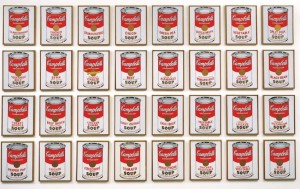Reading Log #10
Genres are what categorises different films in different belongings. It refers to the kind or type. This mode of categories also helps describe and analyse films rather than evaluate them. Film conventions therefore shape the viewers’ expectations of what belongs to specific genres. Though, movies are like music in terms of genre which can be remixed. Just like music remixes that we’ve explored in our week 11 Lectorial, great unique movies are not of an original idea but a mixture of great inspirations that are then created into one extraordinary piece.
Would we expect that a film starring Sandra Bullock is a romantic comedy? Or those starring Bruce Willis is an action or rather a gangster film?
When we observe a shot in a film with an advanced, futuristic technology or an experiment in a laboratory, would we infer that the film we are watching is belonging to the sci-fi genre?
Consequently, each genre or subgenres has specific conventions whether it is its style, subject matter, music, or even its actors. Vampire films for example, is a subgenre of horror or a thriller category. Though, a genre may not stay that genre and evolve overtime in history. Twilight, being one of the first vampire with romantic conventions are a mixture of genres and had influence other filmmakers, such as the vampire diaries show or A Girl Walks Home Alone at Night (2014). This movie by Ana Lily Amirpour has some similar conventions to the Indonesian horror films, with the ghost or vampire wandering alone at night and hunt for its prey being that it is Iranian with similar culture to the Indonesian Muslim culture. Rizal Mantovani’s Kuntilanak (2006) has the ghost wandering only during the night-time like the girl in Amirpour’s movie, with its arousal of shock, disgust and repel or horrify. But unlike other vampire movies, A Girl Walks Home Alone at Night is the first Iranian Vampire Western ever made with a mash-up of genre, archetype and iconography.











